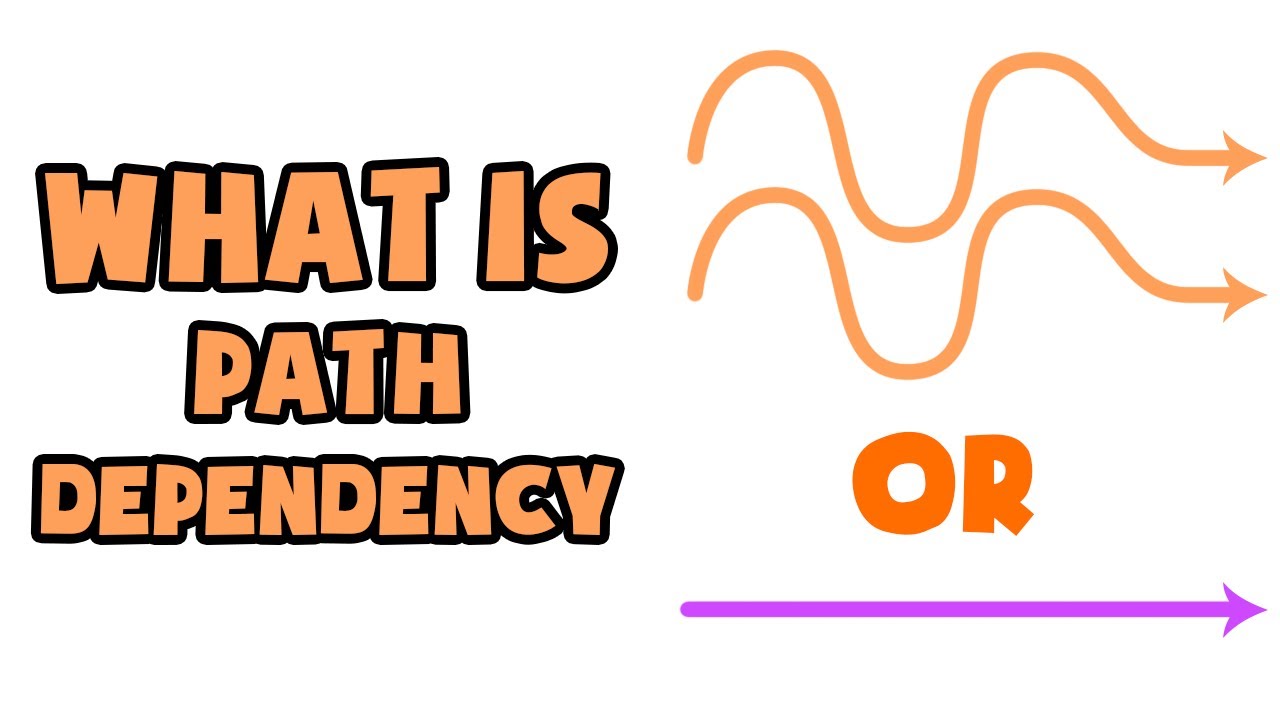Prof. Sam Lehman-Wilzig – Israel: Why the Original Path Ultimately Blocks our Progress
We live in a world with a lot of social, economic, and political dysfunction. Here’s a major reason why: “Path Dependence” – one of the most important concepts that very few people are aware of. Indeed, it is the source of much of Israel’s and America’s current political dysfunction.
What is Path Dependence? Answer: the tendency of any system, because of simple inertia, to continue playing by the original “play book” of that system – even when that’s no longer useful or relevant. Before showing how this “works” in Israeli and American politics, let’s first look at a one simple example from a completely different area of life.
I am typing this on the QWERTY keyboard – as you do when writing anything on your laptop or smartphone; and if you’re somewhat advanced in years, you also used to do that on the earlier typewriter. But consider this keyboard; it doesn’t make any logical sense! The keys don’t appear in alphabetical order, or even put all the most frequently used letters in the center.
Who invented this illogical keyboard, and why? It was originally produced back in the mid-19th century for the first typewriters with “hands” that struck the inked ribbon on paper (each letter had a “hand”). However, back then those “hands” would get locked into another letter’s “hand” if the person typed them one after the other too quickly. So, the keyboard arrangement was set up to slow down the pace of typing! When better typewriters came along, several manufacturers produced more logical keyboards – but all the secretaries who by then had learned the original keyboard by heart refused to study another arrangement. Thus, even today – more than 150 years later, and with a far more advanced typing machine – we are still “path dependent” i.e., continuing to work on this “ancient” setup!!
Israel has a highly unusual electoral system: national, proportional representation, whereby any party receiving a relatively small percentage of the vote gets into the Knesset. This “threshold” started out at 1% and has been progressively increased (today it is 3.25% or 4 Knesset seats). Why this system, and from when? In the early years of Zionism back at the start of the twentieth century, the Zionist movement needed to attract every possible Jew around the world, and Jewish movement as well, given its anti-Zionist competition (Bundists, ultra-Orthodox, Reform Judaism, etc.). So, for the first Jewish elections in Palestine in 1920, the proportional representation system was devised, enabling even the smallest movements to gain representation in the Yishuv (self-governing Jewish community in Palestine). The result? Nineteen parties gained seats in the 1920 Assembly of Representatives!
What made sense back then, hardly makes sense today. True, Israel still has a multi-ethnic, multi-religious society, but in today’s Knesset there are two ultra-Orthodox parties, four Arab parties (or two – depending on how you count them), three or four right wing parties (ditto), two or three that are centrist (ditto), and one or two left-wing ones (ditto). And those are only the ones who have passed the voting threshold! Usually around thirty parties run in the elections!!
The result is severe political paralysis (four elections in the past two years, and another coming soon), and general political dysfunction as each governing coalition has between four and six parties – a carriage with several horses pulling in different directions…
The United States has quite a different election and political system, but it too suffers from path dependence. One relatively recent election and another current brouhaha illustrate this just as well. The first problem stems from the Electoral College set up by the country’s Founding Fathers to ensure that the “masses” could not directly elect the President. The result in 2016 was that the candidate who lost the election ballot by three million votes, was nevertheless elected president – the fifth time that happened in U.S. history. It’s hard to claim “Government by the People” when the People say one thing and the system delivers another.
The second problem also stems from the original path taken at the country’s establishment – the Constitution, and its interpreters the Supreme Court. One need not belabor the point, but those who wrote and signed the Constitution were missing at least one major demographic: women! (Blacks too) So when the current Court seems about to dismiss Roe vs. Wade because “the Constitution doesn’t mention abortion” (as Justice Alito has been reported to write in his decision for the judicial majority), it bears mentioning that the original “path” also didn’t include a very important constituency, highly relevant to the issue at hand.
In short, political systems – as many other social systems – desperately need to include some form of easily attainable change from the original straitjacket. The American constitutional amendment process is far too tortuous and cumbersome; the Israeli political system almost guarantees that such a break from the past path cannot happen when so many small Knesset parties have the power to veto any such change.
Tradition is fine; blind inertia is not. Getting back to basics does not always mean sticking to the tried and true. At some point, our systems need Path Independence.








